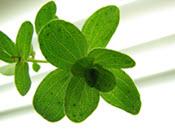
While cattle will generally steer away from toxic weeds, livestock can be poisoned by grazing on certain plants or eating contaminated feed
By Kate Ayers
Staff Writer
Better Farming
Volatile weather conditions can significantly affect farmers’ abilities to produce and maintain quality feed and forages for their animals.
Prolonged dry or wet periods take their toll on pastures and forage fields, and can result in thin feed supplies throughout the year.
Farmers may be tempted to push their lands harder than usual to stretch out the number of grazing days but this decision could increase the risk of animals consuming toxic plants.
“In a drought, forage is limiting and …animals (may) not have an overabundance of plant material. So, they may start going into areas or eating plants that they normally wouldn’t,” says Janice Bruynooghe, a beef industry consultant and partner at Spring Creek Land & Cattle Consulting in Outlook, Sask.
“Some plants … accumulate toxic substances and, when these plants get stressed, they may become even more toxic. Know what species are out there and move animals out of (such populated) areas so they can’t ingest those toxic plants.”
Generally, poisonous weeds are unpalatable and cattle will not eat them if they have a choice.
“As long as (cattle) have access to other available forages, they usually will not consume toxic plants,” says Dr. Jason Smith, an assistant professor and extension beef cattle specialist at Texas A&M AgriLife Extension.
However, farmers should keep an eye out for potentially dangerous plants in their pastures and limit their animals’ contact with them.
The following list identifies some common plants in Ontario that are toxic to cattle. It provides information on how farmers can identify each weed. Better Farming compiled this list using information from OMAFRA’s weed gallery.
St. John’s wort
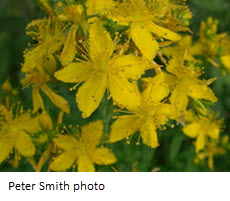

- reproduces by seed and spreading underground roots
- woody-like base
- leaves are in pairs
- bright yellow flowers
Horsetail


- no flowers or seeds
- unbranched and leafless shoots
- green in vegetative stage, ashy-gray in reproductive stage (when producing spores)
Tall Buttercup
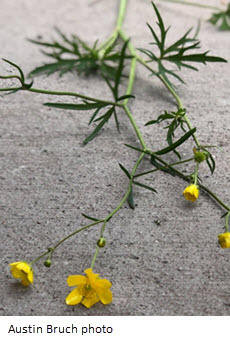
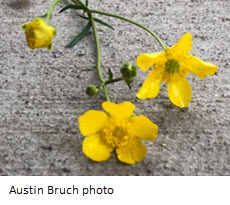
- leaves are softly hairy, very deeply lobed and toothed
- lower leaves are long-stalked and blades are deeply divided
- upper leaves are progressively smaller with fewer and smoother lobes
- flowers are bright yellow and grouped on long stalks
- the plant has a distinct erect habit
Tansy Ragwort


- taller plant with finely divided leaves
- surfaces are often wavy like leaf lettuce
- flower heads are yellow ray florets that are short and broad
- unpleasant odour
Eastern Black Nightshade
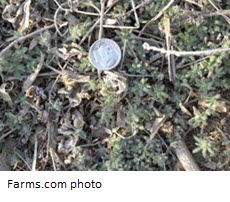
- erect and mostly hairless stem
- oval or diamond shaped pale-green leaves
- flowers are small with white petals that may be tinged with purple (flowers resemble potato flowers but are smaller)
- bears black berries
- often mistaken for pigweed seedlings
For more information on plants that are poisonous to livestock as well as associated symptoms, check out this link.
Detailed information on weed characteristics and identification can also be found on OMAFRA’s this website and in the Farms.com this Field Guide. BF



Post new comment